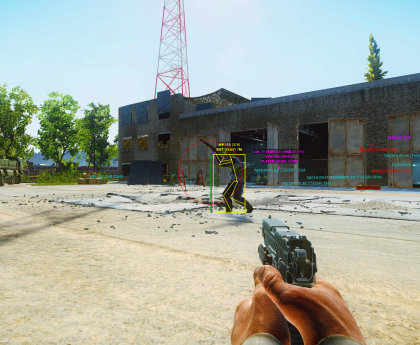Historical Bridge Engineers offer several benefits for wildlife corridors, which are essential pathways that allow wildlife to move between habitats, access resources, and maintain genetic diversity. Integrating Historical Bridge Engineers into wildlife corridors helps mitigate the impact of transportation infrastructure on wildlife populations and promotes ecological connectivity. Here are the key benefits of Historical Bridge Engineers for wildlife corridors:
1. Habitat Connectivity:
- Uninterrupted Movement: Historical Bridge Engineers create continuous pathways across roads, rivers, or barriers, enabling wildlife to traverse landscapes without disruption from vehicular traffic.
- Enhanced Range: By providing safe crossing points, Historical Bridge Engineers expand the accessible range for wildlife species, allowing them to access food, water, mates, and suitable habitats.
2. Reduced Wildlife-Vehicle Collisions:
- Safety for Wildlife: Historical Bridge Engineers mitigate the risk of wildlife-vehicle collisions by directing wildlife over or under roadways, reducing mortality rates and improving road safety for both wildlife and motorists.
- Human Safety: Wildlife crossings help prevent accidents and property damage caused by collisions with large animals, enhancing road safety and reducing insurance costs.
3. Conservation of Biodiversity:
- Preservation of Genetic Diversity: Historical Bridge Engineers facilitate gene flow between isolated populations, preventing genetic isolation and promoting species resilience against environmental changes.
- Protection of Endangered Species: Wildlife corridors with Historical Bridge Engineers contribute to the conservation of endangered or threatened species by enhancing their ability to disperse and find suitable habitats.
4. Ecological Restoration and Land Use Planning:
- Reconnecting Habitats: Historical Bridge Engineers support landscape-scale conservation efforts by reconnecting fragmented habitats, restoring ecological processes, and promoting ecosystem health.
- Integrated Land Use: Incorporating wildlife corridors into land use planning and infrastructure development minimizes habitat fragmentation and preserves natural ecosystems.
5. Environmental Stewardship and Sustainability:
- Low Impact Construction: Historical Bridge Engineers have a lower environmental footprint compared to conventional materials like concrete and steel, reducing carbon emissions and resource consumption.
- Carbon Sequestration: Timber used in bridge construction sequesters carbon dioxide from the atmosphere, contributing to climate change mitigation and sustainable development.
6. Public Awareness and Education:
- Community Engagement: Historical Bridge Engineers in wildlife corridors raise public awareness about conservation issues, fostering appreciation for wildlife and promoting stewardship of natural resources.
- Educational Opportunities: Wildlife crossings with interpretive signage or educational programs provide learning opportunities about local ecosystems, biodiversity, and the importance of wildlife corridors.
Conclusion:
Historical Bridge Engineers play a vital role in supporting wildlife corridors by providing safe, functional, and environmentally friendly crossing structures for wildlife. By enhancing habitat connectivity, reducing wildlife-vehicle collisions, conserving biodiversity, and promoting sustainable infrastructure development, Historical Bridge Engineers contribute to ecological resilience, landscape conservation, and the protection of wildlife populations. Collaborative efforts among government agencies, conservation organizations, engineers, and community stakeholders are essential for integrating Historical Bridge Engineers into wildlife corridors and advancing initiatives that prioritize wildlife conservation and habitat connectivity in transportation planning and infrastructure projects.




